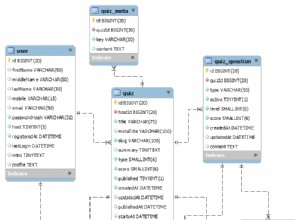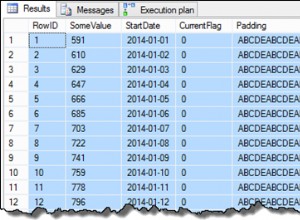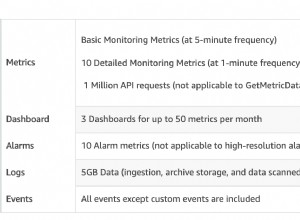Dla losowego stołu:
# select pg_relation_size(20306, 'main') as main,
pg_relation_size(20306, 'fsm') as fsm,
pg_relation_size(20306, 'vm') as vm,
pg_relation_size(20306, 'init') as init,
pg_table_size(20306), pg_indexes_size(20306) as indexes,
pg_total_relation_size(20306) as total;
main | fsm | vm | init | pg_table_size | indexes | total
--------+-------+------+------+---------------+---------+--------
253952 | 24576 | 8192 | 0 | 286720 | 196608 | 483328
(1 row)
Z tego możesz powiedzieć pg_table_size jest sumą wszystkich wartości zwracanych przez pg_relation_size . I pg_total_relation_size to suma pg_table_size i pg_indexes_size .
Jeśli chcesz wiedzieć, ile miejsca zajmują Twoje tabele, użyj pg_table_size i pg_total_relation_size pomyśleć o nich - jeden numer to tylko tabela, a jeden to tabela + indeksy.
Sprawdź układ pliku pamięci, aby uzyskać informacje o tym, co fsm , vm i init znaczenie i sposób ich przechowywania na dysku.




